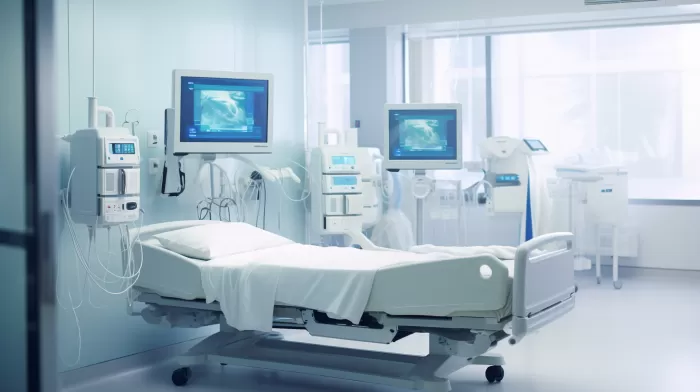Imagine lying in your hospital bed, surrounded by advanced medical equipment and some of the sharpest medical minds available. You would think that you are in a safe environment, able to receive immediate and critical care should any health emergency arise. Unfortunately, a shocking study has revealed that many hospital alarms, which are designed to alert hospital staff to urgent health situations, have been turned off, putting your life in danger.
The Alarming Truth about Hospital Alarms
Alarm fatigue is a major problem in hospital settings, where overwhelmed staff members have resorted to disconnecting or muting deafening and disruptive alarms that go off unnecessarily in most cases. Disturbing research demonstrates how bad the situation has become, with one month-long study showing that 460 patients in a single hospital generated over 2.5 million alarms. This high volume of alarm activity means that healthcare professionals grow numb to the sound of an alert, raising the fear that an actual emergency could occur unnoticed.
Barbara Drew, a nursing professor at the University of California who has researched this problem, mentions the horror stories of patients dying due to staff silencing cardiac monitor alarms and shared her concern for this widespread issue. Drew says, “Our study is the first to shed light on cardiac monitor alarm frequency, accuracy, false alarm causes, and strategies to solve this important clinical problem.”
Overload of False Alarms
To understand the severity of the situation, Drew’s research team analyzed data from the hospitalization of around 460 people in five intensive care units. During the study, they discovered that equipment connected to these patients triggered more than 2,558,000 alarms from electrocardiogram leads, blood pressure monitors, blood oxygen measuring devices, and other medical devices.
Harrowingly, over 1,154,000 of these alarms were intended to signal that patients were experiencing a heart arrhythmia issue. In reality, more than 88% of these arrhythmia alarms were false. Drew notes that both nurses and patients are constantly bombarded by a ridiculous number of monitor alarms that could significantly be mitigated by improved computer algorithms.
Steps for Improvement
It’s high time for both hospital staff and technology designers to work together to address this issue. To start, hospitals can take the following steps to minimize the risk of alarm neglect and ensure patients are best cared for when they need it most:
- Develop alarm management strategies – Hospital administrations should implement guidelines that involve silencing, amending priorities, and escalating alarms to reduce excess noise levels and create a calmer environment.
- Personalize alarm settings – Staff members should carefully adjust alarm thresholds and delays for each patient based on their specific circumstances and medical history, helping to minimize false alarms.
- Regularly check and maintain equipment – Device malfunctions are a significant cause of false alarms, so maintenance teams should be constantly examining and servicing devices to ensure they are in proper working order.
- Educate healthcare providers – Continuous training is vital, with particular focus on increasing awareness of alarm fatigue, its potential consequences, and how to identify and avoid these risks.
The bottom line is that hospitals need to tackle the problem of alarm fatigue head-on, making certain that the people responsible for saving lives can indeed perform their duties. Healthcare providers can work diligently to keep a vigilant eye on their patients, minimize false alarms, and prioritize alerts so they will not miss a real emergency. Health technology designers, on the other hand, should continue their research in developing intelligent systems that lower the alarm burden on nursing staff, leading to a safer, more tranquil hospital environment.



